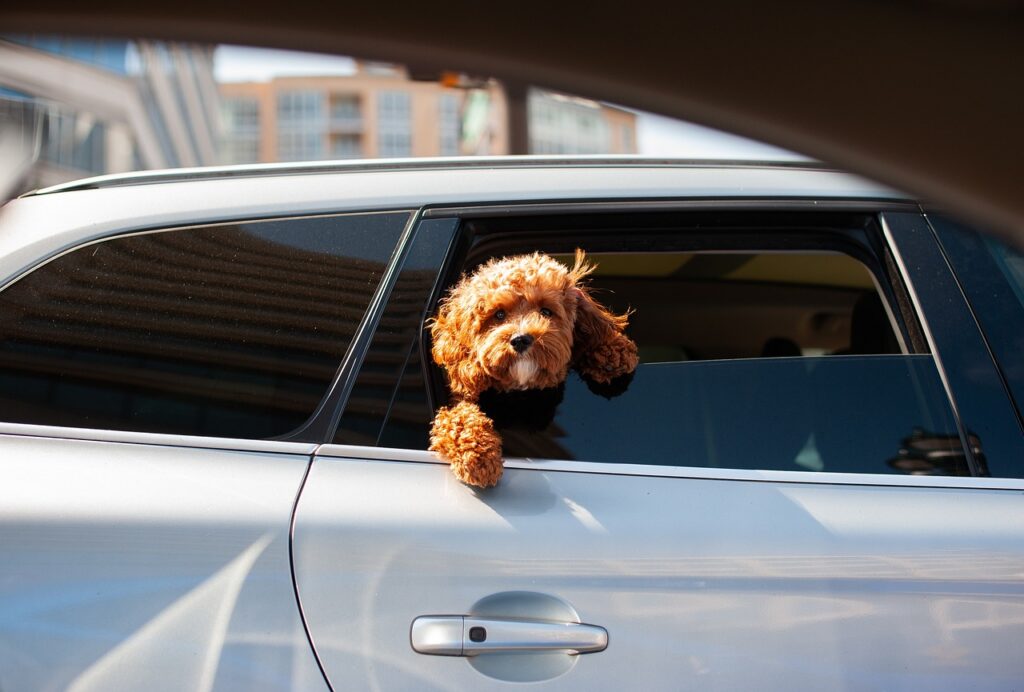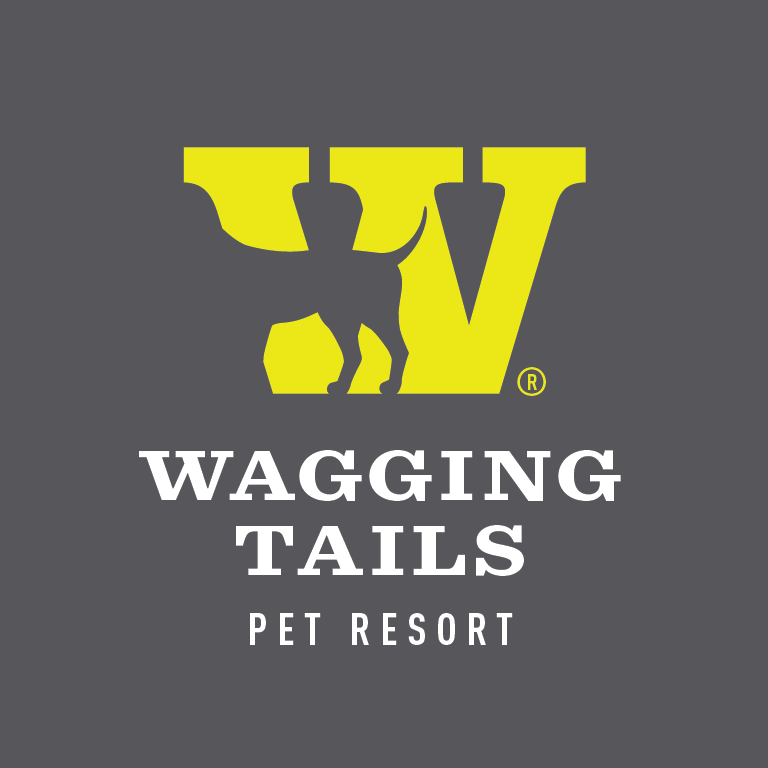Riding in Cars with Dogs
The Best Road Rules for Safe Travel
Nothing beats the call of the open road.
For many dogs, that even means a short ride around the block or quick trip out for a Pup Cup. Basically, they love any chance to take in fresh sights and smells – not to mention, spend time with their favorite human.
But short, seemingly innocent car rides can pose as many problems as lengthy road trips, including safety risks for dogs.
Fortunately, following three simple road rules can offer added protection during every outing.
 1. Watch Those Open Windows
1. Watch Those Open Windows
It may seem cute to see a dog in a passing car, head out the window and ears flapping in the wind. However, this poses several risks, especially eye and ear injuries from flying debris.
Worse yet, emergency vets also see dogs who jump from parked or moving cars through open windows.
Play it safe and keep windows rolled up high enough so your entire dog stays in the vehicle.
Still want to give them that wide open window experience? Try adding a mesh panel that covers the window but still offers normal operation. Popular brands include BreezeGuard, The Skeeter Beater, and Luno.
2. Pass on Lap Time
Who doesn’t love sneaking in some snuggle time while riding in the car? Unfortunately, this can cause serious issues, even if you have a well-behaved dog who isn’t a distraction when you’re behind the wheel.
Whether you’re driving or acting as co-pilot, having your dog in the front seat always spells trouble. Why? It puts them directly in contact with an airbag if it’s deployed.
This impact can cause serious trauma to a dog, including fractures, spinal cord injuries, and paralysis.
3. Keep Your Dog Secured
How often do you ride in a car without a seat belt on? There’s a reason for that – they help keep humans safe in car accidents, and the same goes for dogs.
Securing your dog with a reputable harness system, seat, or crate prevents them from becoming four-legged projectiles during an accident. It also keeps them in the car if an accident occurs. These traumatic moments often cause dogs to run in fear, putting them at risk of even more injury.
Remember, there’s a reason they’re called “accidents” – they happen when we least expect them. But taking a few precautions can do wonders to protect you and your dog in the event one does.

